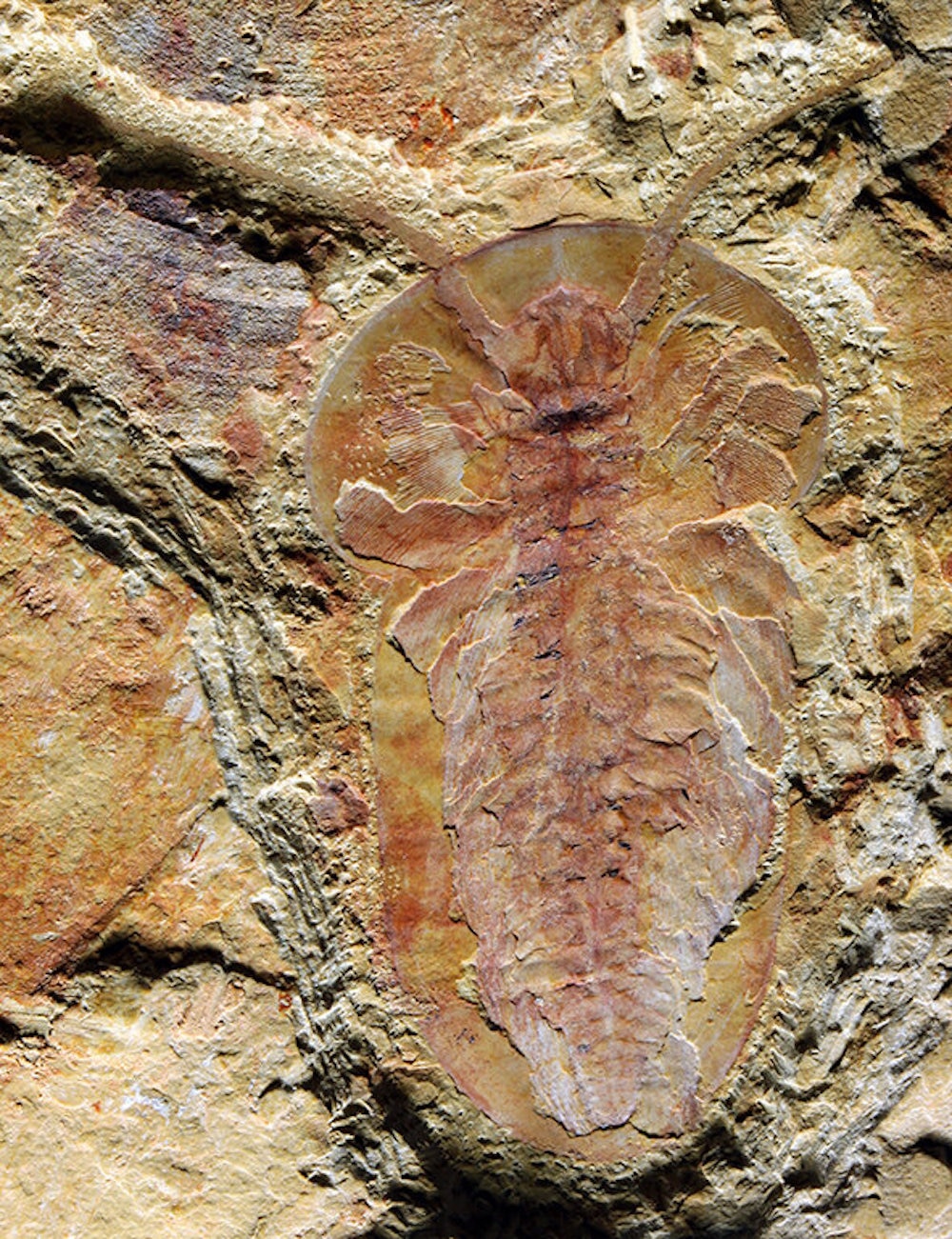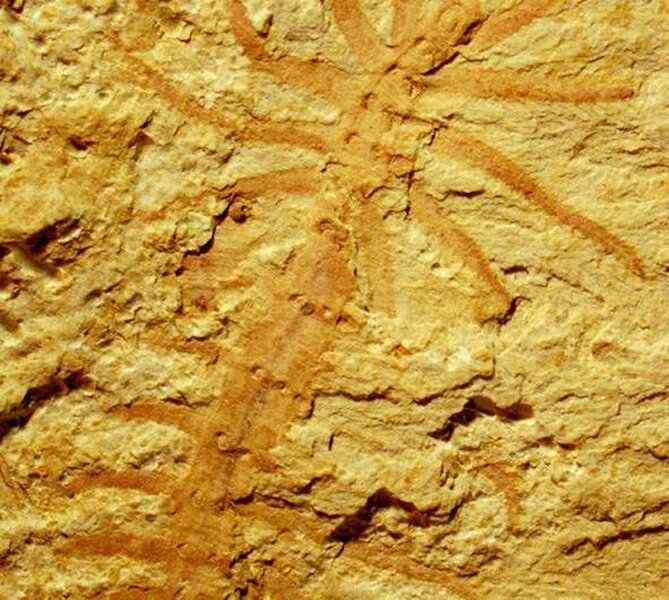Create a free profile to get unlimited access to exclusive videos, sweepstakes, and more!
Is this where the ancestors of some animals we know today first emerged?
It would still be about 250 million years before any dinosaurs hatched.

Would you know a sea scorpion if you ran into one at the beach? What about a lobster?
Around 500 million years ago, the bizarre life-forms that burst onto the scene during the Cambrian Explosion were the often unrecognizable prototypes of animals we now recognize. There were things with huge eyes and extra appendages that might have scared you straight out of the water. Some are vaguely reminiscent of their fossilized ancestors (lobsters and sea scorpions are distantly related, but you can see some resemblance). Others appear alien.
The remains found in China’s Chengjiang Biota are now thought to be things that evolution would eventually morph into creatures that are still around. While these organisms were previously assumed to have lived and evolved in the deep, paleontologists Xiaoya Ma and Farid Saleh, who co-led a study recently published in Nature, found out that they actually crept and crawled and swam in what was once a shallow delta. It is possible that part of the reason so many species emerged during the Cambrian has to do with prehistoric conditions there.
“The Chengjiang Biota has shown that the environment hosting this community is unexpectedly complex and shallow, providing key insights into the diversification of animal life from the Cambrian,” Saleh told SYFY WIRE. “It preserves some of the earliest animal groups.”
Something that told Ma, Saleh, and their team that there was more to this ocean, which has been dry for millions of years, were sediment cores from beneath the outcrops of rock in the biota. Outcrops are the rocks and sediments visible on the surface. They have often led to discoveries about ecosystems that have long since vanished, but can also be deceiving. Exposed rocks are often eroded by water and wind that erase structures in the sediment, and while they are nearly unnoticeable, even the smallest grains of sediment can reveal what conditions were really like back then.
Just observing the outcrop of the Chengjiang Biota had previously made it seem like water had predominantly flowed only one or two ways. When Saleh took a closer look, he realized that there had to be at least five types of flow, maybe even more, which means the environment in the biota was shallower and far more complex than previously believed. The shallows were also a far more volatile environment than the depths.
“In shallow marine environments, there are a lot of environmental stresses,” said Saleh. “The Chengjiang biota is a scientific breakthrough because it told us that many animals tolerated all these stresses and were able to take the risks associated with such an environment.”
Anything living in the delta during the Cambrian was risking its life in some way. The ocean’s salinity, or the amount of salt in the water, could fluctuate depending on how much freshwater gushed in from rivers, and it especially impacted the shallow end. You can’t expect saltwater fish to survive in a freshwater aquarium (or vice versa) because salinity affects the density of the water, and water that is too dense or not dense enough can lead to tissue damage.
Violent storms kicked up enough sediment to bury living things and kill those that depended on the seafloor for survival. Too much sediment in the water could mean death for filter feeders, which could experience lethal clogging in vital organs as they filtered the water for microorganisms such as plankton. However dangerous, these conditions were probably tolerated by early animals because the shallows were rich in oxygen. Another thing that might have set off the Cambrian Explosion was the massive oxygen boost throughout Earth’s oceans.
If these conditions had such an effect in Chengjiang, Saleh believes other fossilized parts of the ocean floor could further reveal how life flourished in prehistoric seas.
“We believe that similar investigations should be made on other Cambrian sites with this type of fossil preservation,” he said. “This will certainly provide additional essential information to coherently frame the evolution of animal life on Earth.”





























